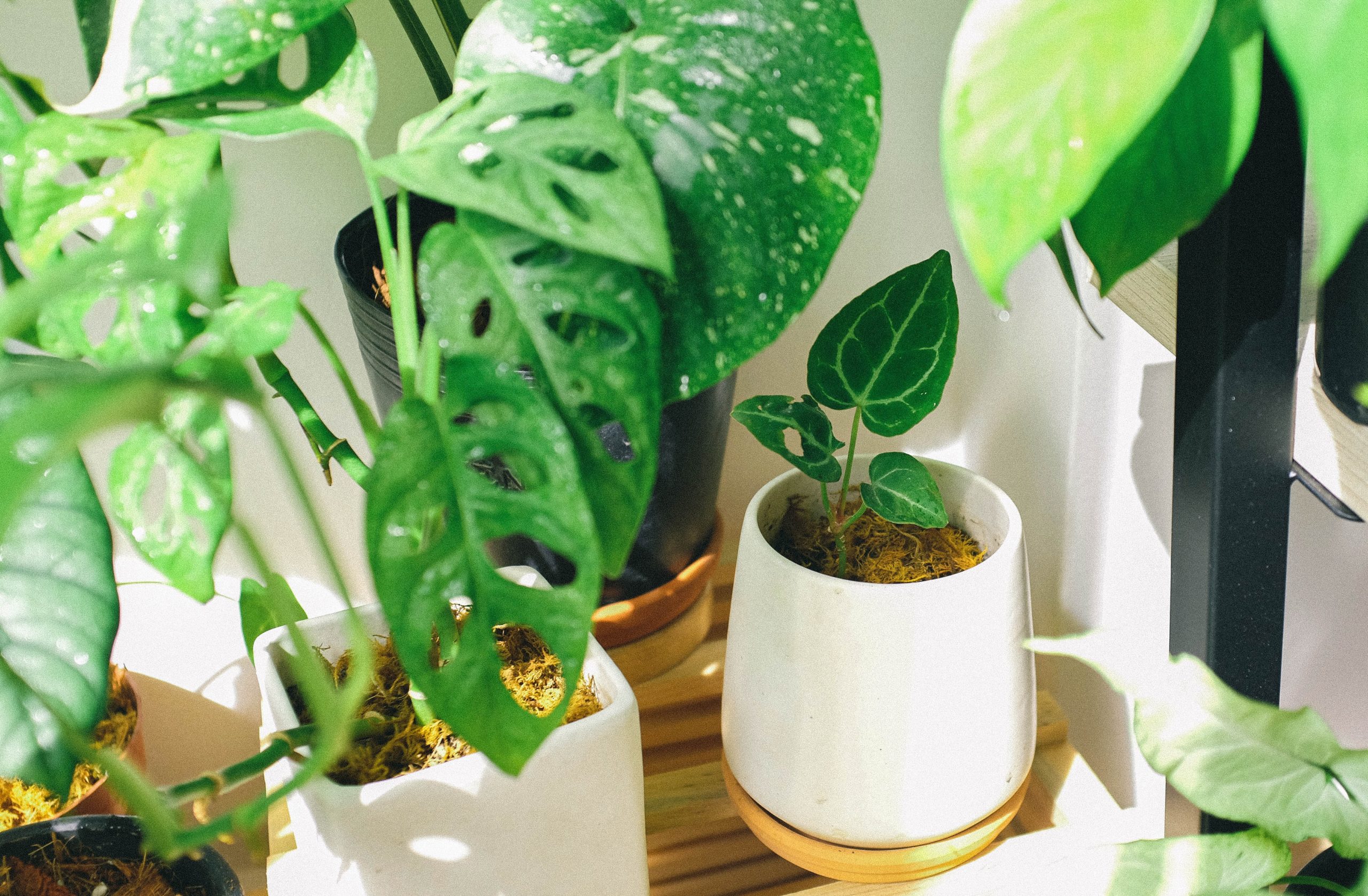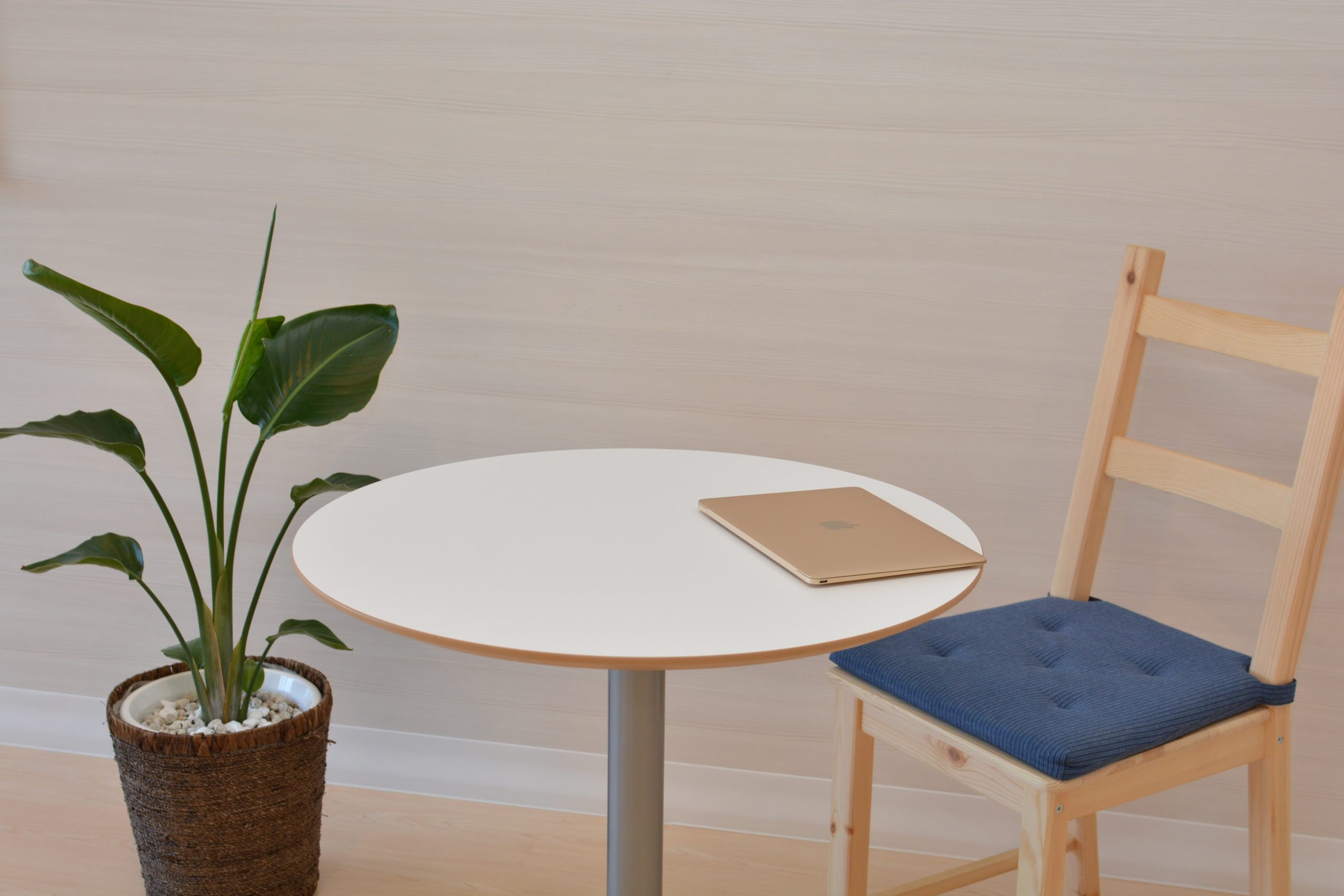The characteristics of our workspace where we spend so much of our time have a direct influence on our well-being and therefore on our mental health. Many studies have shown that work environments designed to reduce the triggers of stress result in happier, more efficient and more motivated employees. Does this sound familiar?
Health-enhancing design of the workspace
Perhaps you’re recalling the guidelines for environmental enrichment in animals to reduce causes of stress and improve their behaviour and health? Bingo!
Workspace design is evolving towards the use of sustainable and non-polluting materials. It’s also prioritizing people’s health rather than just productivity. This is called the salutogenic design.
The concept of salutogenesis is not new. It was introduced in the 1970s by medical sociologist Aaron Antonovsky and, unlike pathogenesis, it focuses on factors that promote health and well-being.
How can you promote the health of everyone in your veterinary practice?

In the case of the clinical veterinary community, promoting health by improving environmental factors can be especially beneficial, not only because of the high level of stress and burnout present but also because we actually inhabit our workplaces.
We work, study, eat, rest (whenever possible), meet and sometimes even have small moments of celebration in our clinics. We literally live in (and for) the place we work in.
While it would be ideal that the design of new centers took into account integrated animal and caregiver health, we can make small changes in our clinics to improve both the physical and emotional health of veterinarians and assistants.
These changes are directly related to the five senses: sight, hearing, smell, taste and touch. In this first article we will focus on the sense of sight. Incredible as it may seem, just by changing the intensity of the lighting in the corridors and rest areas and with simple but impactful details such as natural plants, you can alleviate the work-related stress of the entire staff.
Light and health

As we know, light not only has a direct influence on our eyesight but also on a physiological (hormonal) and emotional level.
Most of the spaces in veterinary centers lack natural light and often openings to the outside are limited to the entrance area. The lighting that accompanies us on our shifts and in all areas are fluorescent and halogen lights.
Establishing adequate lighting for the variety of spaces present in a healthcare setting is not easy. A simple solution could be to diversify the lighting according to the different areas. This easy fix can increase the sense of well-being and ultimately the emotional comfort of the staff.
What can you do to improve the lighting in your clinic?
- Optimize natural light by using curtains or blinds that modulate the intensity and ensure privacy if necessary.
- Reduce the intensity of lighting in corridors and service areas.
- Use individual spotlights on tables in the library or study area to maintain a softer, warmer ambient light.
- Create different points of warm light in the seating area and install dimmers to create a calm and cozy atmosphere.
Soothing shapes and colours

Healthcare environments are subject to strict regulations that require the use of specific materials and finishes. We work surrounded by white walls, stainless steel, glass, high-gloss and linear, sharp, geometrical shapes.
You don’t have to be an interior designer to realize that veterinary clinics are not usually the most welcoming places in the world, right? But we can bring in some elements to compensate for this excess of cold and intimidating materials.
We can bring nature into the clinic with comfy seating, art, wooden elements and natural plants.
In other words, we can bring nature into the clinic with these five suggestions:
- Make seating comfortable and cozy, especially in the break areas;
- A round or oval-shaped (wood) table for the meeting or dining area;
- Introduce art in the clinic: these can be images of natural details and environments that transmit peace in corridors, rest areas and consultation rooms, and some organic earth-toned pieces in the library area or the rest area.
- Wooden elements and colour details in the range of muted blues and greens. These colours, as well as ocher-based hues, promote calm, tranquility and confidence.
- Natural plants where possible, preferably with rounded leaves – hanging if space is a problem – that don’t need much natural light.
Dare to introduce some of these small changes in your clinic to improve the health of vets and assistants. In future articles we will reveal more suggestions for the other senses: hearing, taste, touch and smell.
*This article has been written with the expert guidance of Dr Eva Piredda, former clinical veterinarian and current researcher on the spaces we inhabit and their relationship with Neuroscience and wellbeing (@vivolindo). If you’re interested in knowing more about her, discover her fascinating career in this interview.







